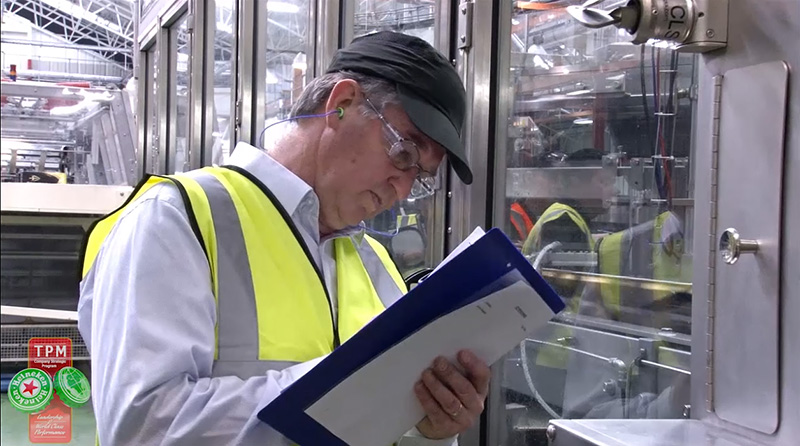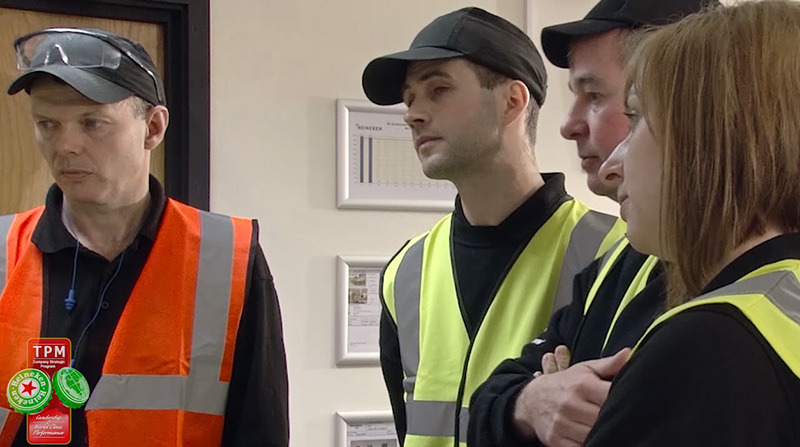Heineken is the number one brewer in Europe and one of the largest brewers by volume in the world. Heinekens Dutch breweries are located in Zoeterwoude, ‘s-Hertogenbosch and Wijlre.
The company wanted to communicate and raise awareness of their Daily Control system, amongst all employees in the company, and chose video as their preferred method of delivery.
Having previously provided filming services to another Heineken bottling facility in the UK, Studiowide were asked to support Heineken and provide video production services on this project, which would be filmed in ‘s-Hertogenbosch, Netherlands.
Our objective was to film their people undertaking specific processes and demonstration how effective and critical their Daily Control System was in the management of their facilities.







